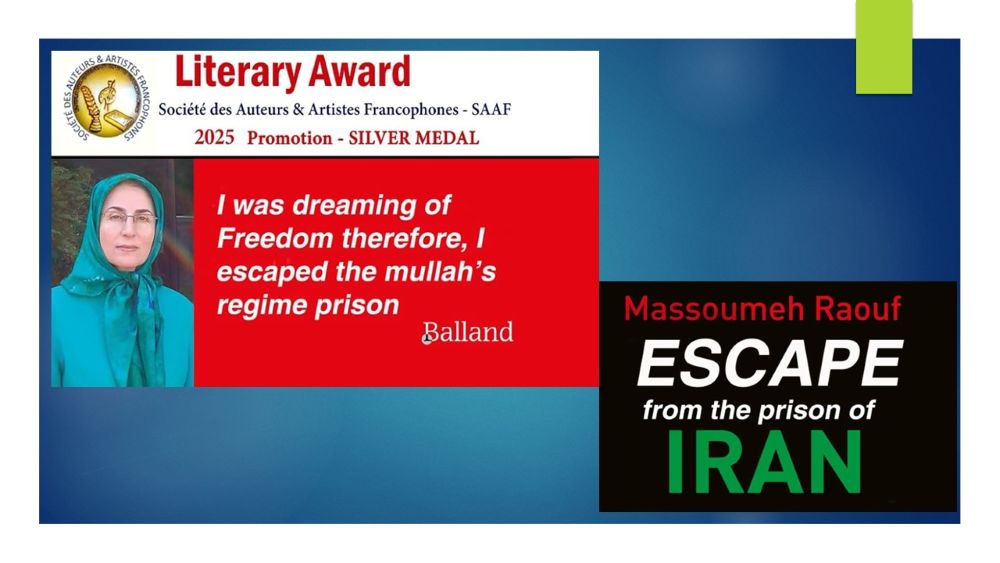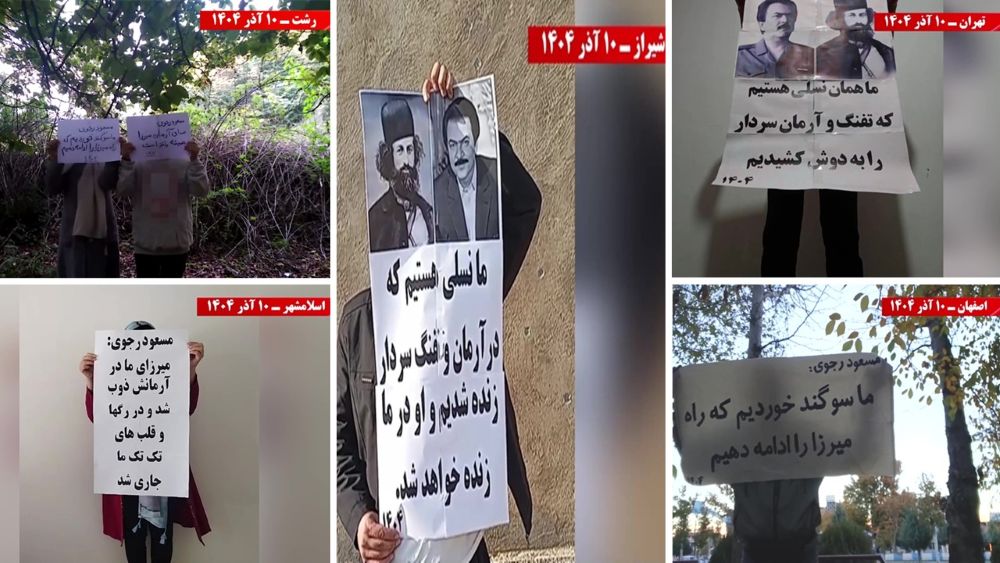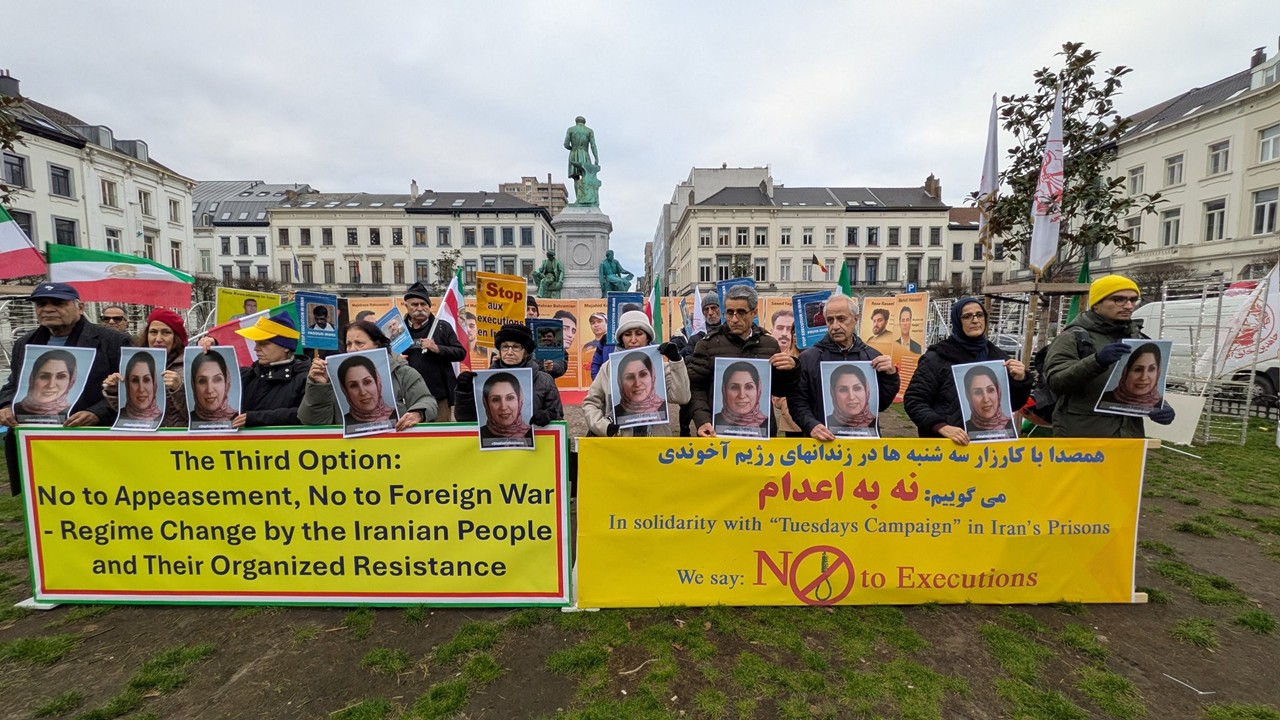Iran Under the mullahs’ rule, is heading for disaster because of the food and livelihood crisis, and having a life and home has become a dream in Iran. Class distance has become a class divide and now a class big gap. In such a situation, hearing horrible statistics is not so unexpected. But seeing some statistics is scary!
700,000 Homeless in Tehran
Gholamhossein Mohammadi, the advisor to Tehran’s mayor, wrote on his personal Twitter page: “Last year, we had about 490,000 people who lived at nights in Tehran’s warm houses. And that number is projected to rise to 700,000 this year. Basically, is painful news and this service is minimal. “Efforts to support the homeless are the general duty of the government.”
در سال گذشته حدود ۴۹۰ هزار نفر شب خدمت در گرمخانههای تهران داشتیم و پیش بینی میشود امسال این تعداد به ۷۰۰ هزار نفر شب افزایش پیدا کند./اساسا خبر دردناکی است و این خدمات حداقلی است. تلاش برای حمایت از بیپناهان وظیفه کل حاکمیت است.
— غلامحسین محمدی🇮🇷 (@G_H_Mohammadi) October 24, 2020
On the other hand, Reza Jagiri, deputy head of the Welfare, Services and Social Partnerships Organization of Tehran Municipality, said: “Currently, it provides services to 1,600 homeless people every day and night, and according to the deputy head of this organization, 70 to 75% of them are high-risk addicts.”
“This year, the number of patrol units has increased by 50 percent,” he said. As a result, the number of arrests has increased, and the number of homeless women has increased. Addiction and the increasing migration of the homeless from the cities are other reasons for this increase. Climate conditions are also changing the number of homeless people.
38 million people of Iran live in shantytown and slums
In addition to the terrifying statistics of the homeless, another phenomenon to consider is living in shantytown and slums. Mohammad Reza Mahboubefar, a member of the Land Management Association of Iran, referring to the country’s slums situation, said: In 2017, about 40% of Iran’s urban population lived in shantytown and inadequate housing. Housing, rent increases, and the rate of marginalization (living in slums in the margin of the cities) in the country has reached 45%.
He added: “If we calculate this 45% of the population of 85 million people in Iran, today more than 38 million people live in shantytown and slums or are homeless, which shows that the rate of marginalization in the country has increased significantly due to wrong policies and economic crisis.”
“In 2018, we had, about 19 million people lived in shantytown. But today, after two years of financial and economic crises in the country, this population has reached 38 million, which indicates the occurrence of social inequality and discrimination within the country’s economic system,” he said.
All these tragedies are due to more than 4 decades of corrupt rule of criminal mullahs in Iran. Iran is a very rich country, but more than 80% of the population suffers below the poverty line. The warmongering policies, the export of terrorism and the nuclear weapons project, and the widespread corruption of the regime’s officials and agents in all political and economic sectors of the regime are the cause of this widespread poverty.
Only by changing the regime of religious dictatorship and establishing freedom, democracy, human rights and social justice can this catastrophe be ended.



